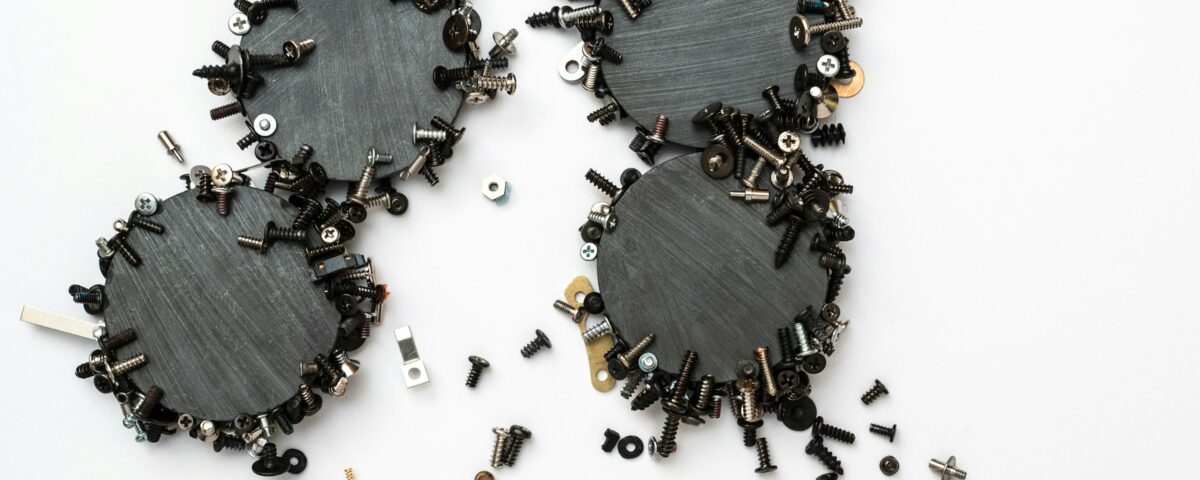
Socially Bonded
April 3, 2024
Attachment Styles Q&A: Building Secure Attachments
April 16, 2024How do attachment styles affect adult relationships?
A person’s attachment style impacts their relationships on multiple levels. It impacts how, or if, you perceive a “threat” in a relationship and then how you respond to it. Remember that your brain doesn’t know that you live on a planet with several billion humans and that you can create a new “village” for yourself if you need to. Your brain remembers that as an infant you were totally dependent on the grown-ups around you. To conserve energy, it would like you to rely on the people you already know including yourself. Your attachment system goes back to the beginning of humans living on a savannah in small groups surviving, together- or not at all.
Anxious Dynamics
When someone’s attachment style is high in anxiety, they are more likely to look for fault in themselves. “Did I say something? I shouldn’t have made that joke. I know they are tired, I need to be more supportive.” They are likely to do things to bring the relationship closer – check on the other person, ask questions, show concern, apologize. Internally, they are likely to pay attention to and mull over the interaction, examining all aspects of it, trying to solve it in their heads. Emotions experienced are anxiety, worry, and concern.
If this does not bridge the perceived gap, someone with very high anxiety may use “protest behaviors” to engage the other person. These are escalations to try to increase interaction – crying, insisting on closeness (We HAVE to talk.), self-blaming (I know I am hard to get along with.) There may be an attempt to stay constantly connected by keeping close track of the other person via calling, texting, or watching them on social media. Internally, this results in an obsession about the relationship, endless loops of thinking or talking about the other. Emotions are stronger – feeling desperate to connect, fear of abandonment or anger that the other person doesn’t respond.
Avoidant Dynamics
When someone’s attachment style is high in avoidance, they are more likely to think, “Wow, they are in a mood. I will deal with this on my own. I can manage.” They are likely to create distance in the relationship by spending less time or by sharing less, keeping their thoughts and feelings to themselves. Internally, they focus on what they need to do to manage their responsibilities. Emotions tend to be dialed back through a focus on stuff to do, places to be, things to watch. If pushed to describe their emotions a common response is, “I’m fine.”
Someone with a high level of avoidance who is feeling overwhelmed by the other person will work harder to create distance. They will find fault with the other person or create distance by reviewing the other person’s negative attributes. “I never could count on them. They are selfish and don’t care about anyone but themselves.” There is a move toward independence and separation without sharing. In some cases, the person will end the relationship abruptly with little discussion. There generally are feelings of hurt or anger which may or may not be expressed.
When Styles Clash
The fun begins when attachment styles interact. A perceived breach with two people high in attachment anxiety may lead to very long, very tearful conversations that sounds a lot like, “no it’s my fault, no it’s me.” Over time they both may put a lot of energy into keeping the other happy. Two people high in avoidance may agree to disagree or simply both avoid the other. In some cases, they keep living or working together with a lot of personal space between them. If one is avoidant and the other anxious you have the making of a movie plot. “You never cared for me.” “You are too needy, I need some air.” The more desperate the anxious person feels to connect, to really talk, the more desperate the avoidant person feels to get some space. In extremes, these are the plots of every soap opera ever.
Paying attention to your style, and that of your close people can help you notice what is happening and address it with communication. For example, I know a couple where both parties are basically secure – when stressed one tends toward avoidant, the other anxious. When there is a disagreement (which is normal and healthy) one may feel tearful and want to talk in depth, the other may feel they need to go do yard work. On a bad day, this can escalate to self-blame and high emotions on one side and resentment and rage weeding on the other side. Ideally, one or both people can recognize that they are stressed and operating from a place of insecurity (either anxious or avoidant) and choose to communicate.
How does this look then, in modern times? First your attachment relationships are with those closest to you. Your inner circle. Family, close friends, long time colleagues. The more highly you score on security the less likely you are to perceive a threat. If you have a high sense of security and someone is rude or distant you are likely to chalk it up to their being busy or stressed. If you are high in anxiety you will likely feel the need to bridge the gap, if you tend toward avoidance you will likely feel the need to create some distance.
A final note: All of this is normal, human behavior. Our attachment systems are powerful because they are important ways that we function as a species. Close relationships matter – a lot. The simple act of holding hands with or hugging someone you are attached to improves several health indicators. Exploring attachment styles is meant to give you a way to know yourself better so that you can make choices that support healthy relationships and yes, resilience.
Several people have asked me questions about attachment styles – I am answering them through this blog series in what I hope to be a logical order. Building from general to specific. Feel free to send a question to resilience@learnmodelteach.com and I will answer you directly if that is what you want, or I will answer it in a future blog. I am also expanding my coaching practice. If you would like to schedule a coaching session to explore this, or some other blog series, you can find more info here.
Next blog: Now that I notice my attachment style in action, how do I move toward a more secure approach?
Peace,
Laura A. Gaines
To learn more, explore learnmodelteach.com for tools, videos, and coaching opportunities.





